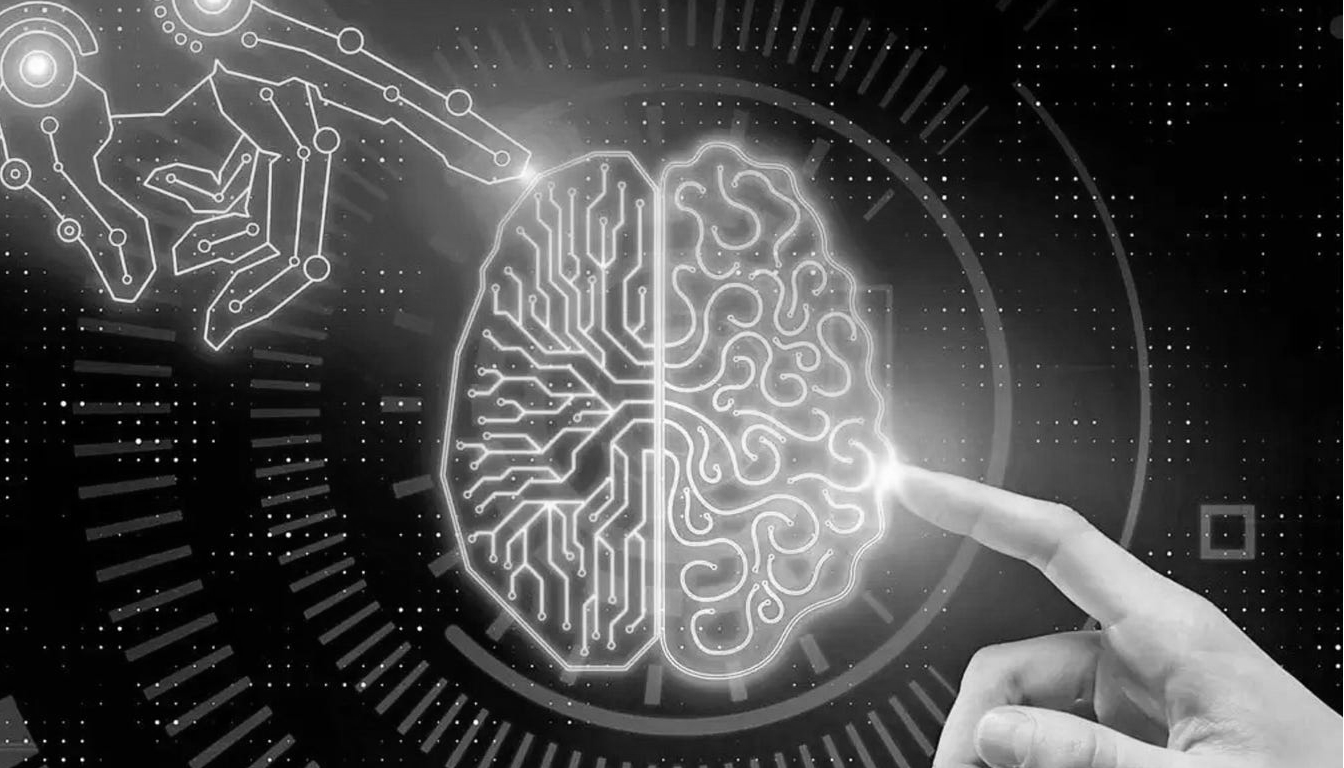
September 17, 2024
Cutting Through the Hype: Debunking AI Myths in Credit Scoring

By: Patricio Pazmiño, Director of Analytics & AI at Kin Analytics
Everywhere you turn, people are raving about AI’s ability to revolutionize credit underwriting with its forecasting superpowers. Sounds like a game-changer, right? Well, not so fast. Let’s hit pause, slice through the AI hype, and tackle a few misconceptions. Spoiler alert: some "new" AI benefits aren’t all that new, and traditional scorecards? They’re still alive and kicking.
Misconception #1: AI for credit scoring is something new
False. Artificial Intelligence has been used for years in credit scoring. The truth is, machine learning (ML) models, the backbone of what people call "AI," have been around for over two decades.
Take, for example, neural networks and gradient boosting, two of the most common ML models applied in credit scoring: those models have been running predictions for 20+ years. They’re not shiny new tools.
Now, there is something exciting brewing in the world of generative AI, but we’ll get to that in a bit.
Misconception #2: AI/ML credit scoring models learn on their own
True-ish, but….. Here’s where a lot of the misunderstanding kicks in. People think ML models keep "learning" and adjusting on the fly once they’re deployed. Nope! The learning happens during the training phase, long before the model goes live.
Here’s how it works: during training, the model makes predictions, gets things wrong, learns from those mistakes and adjusts itself. But once it goes into production, it's operating with a set of fixed parameters-no more learning, just pure execution on what it knows, like a traditional logistic regression.
Sure, you can automate some recalibration or even introduce continuous learning features—but that’s more of a programming task than a magical AI power. The model itself does not have the "intelligence" to change its behavior without human input.
Misconception #3: Implementing AI means ditching traditional scorecards
Again, false. Traditional scorecards still offer solid predictive power, and they come with a bonus: they’re highly interpretable—something lenders (and regulators) love.
The great news is that you don’t have to pick a side. Hybrid models that combine AI/ML with traditional scoring are becoming more popular, letting you have the best of both worlds: AI for performance boosts and scorecards for transparency.
Here’s how you can supercharge your current scorecards with AI:
- AI for feature selection: ML models are fantastic at sniffing out complex patterns in data. Use them to pinpoint the most predictive variables, then feed those insights into your traditional scorecard. Think of it this way: AI does all the heavy lifting, while your scorecard gets the credit for making the final call.
- AI for data mining: Sometimes, the quality and diversity of your data matter more than the fancy algorithm you’re using. AI shines here by unlocking data sources that were previously unreachable like unstructured data from scans, videos, or call recordings. Imagine extracting info from PDFs and images and feeding that directly into your scoring model.
- Generative AI for underwriting support: This is where Generative AI comes into play. Large Language Models (LLMs) can act as virtual assistants, trained on your company’s credit policies and data. These assistants can:
- Provide instant access to policies, data, and metrics to support your team in real-time.
- Explain the logic behind credit scoring decisions in plain English.
- Help onboard new credit analysts by training them on processes and tools.
- Automate tasks like processing hardcopy documents, drafting letters, or writing minutes.
- Provide instant access to policies, data, and metrics to support your team in real-time.
Interpretability: the final frontier for AI in credit scoring
One of the biggest criticisms of AI is its black-box nature. But that’s changing fast. Explainable Artificial Intelligence (XAI) is making strides, bringing more transparency to ML models. With post-hoc metrics, visual tools, and new methods like SHAP and LIME, we can now understand which variables are driving model predictions.
That means purely AI-driven models are becoming more accessible to lenders who need to justify their decisions. More interpretability = more trust.
The future of credit scoring isn’t about choosing between AI and traditional methods. It’s about blending them to get the best results. The real power lies in knowing how to use both to their full potential.



.webp)

